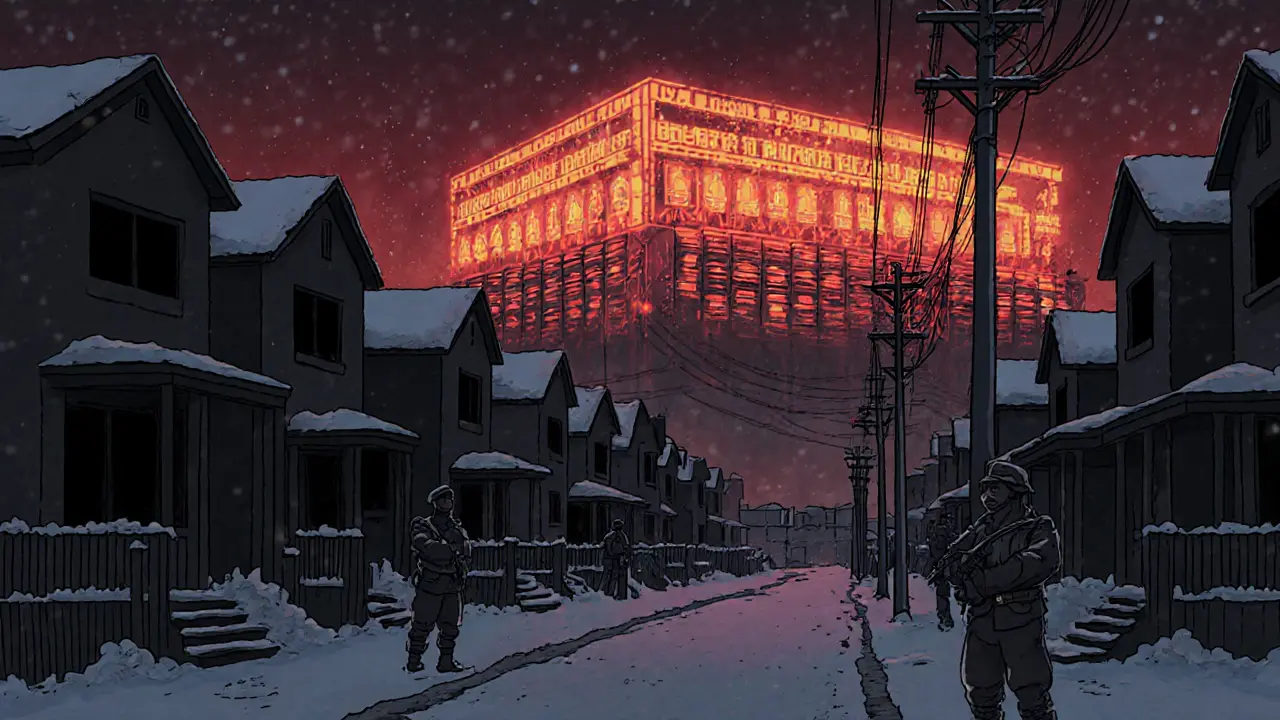Iran Crypto Mining: Risks, Restrictions, and What Really Happens Behind the Scenes
When you think of Iran crypto mining, the practice of using computational power to validate blockchain transactions and earn cryptocurrency rewards, often under heavy government scrutiny. Also known as crypto mining in Iran, it’s not just about hardware—it’s about survival in one of the world’s most volatile energy and regulatory environments. In 2021, Iran was among the top three countries mining Bitcoin, thanks to cheap electricity and a lack of enforcement. But that didn’t last. By 2023, the government started seizing rigs, cutting power to mining farms, and even jailing operators. Why? Because the country’s power grid was collapsing under the weight of 24/7 mining operations, and hospitals were going dark.
It’s not just about electricity. crypto regulations, government rules that control how digital assets are used, mined, or traded, often tied to national security and economic policy in Iran shifted overnight. Mining was briefly legalized under state oversight—but only if you used surplus power and paid taxes. Most miners ignored the rules. Then came the crackdowns. The state began targeting unlicensed farms, especially those using subsidized fuel or grid power. Even solar-powered miners weren’t safe. In 2024, Iran banned all mining not directly tied to state-approved energy projects. That meant no more backyard rigs, no more garage operations, no more hidden farms. The message was clear: if you’re mining without permission, you’re stealing from the public.
And then there’s the energy crisis crypto, the direct link between national power shortages and the rise or fall of cryptocurrency mining activity. Iran’s energy problems aren’t abstract—they’re life-or-death. Cities like Tehran and Isfahan faced rolling blackouts lasting 12+ hours. Schools closed. Refrigerators failed. Meanwhile, mining farms kept running, using up to 2% of the country’s total electricity. That’s more than the entire electricity use of some European nations. The government didn’t just see this as waste—they saw it as betrayal. So they cracked down hard. Seizures, fines, arrests. Even people mining a few rigs at home got caught. Some were charged with economic sabotage.
What’s left now? A shadow network. A few miners still operate under the radar, using off-grid generators or stolen power. But the risk is higher than ever. If you’re caught, you don’t just lose your gear—you could face jail time. And with U.S. sanctions blocking access to international mining hardware and payment systems, even buying a new ASIC miner is nearly impossible. The days of Iran as a crypto mining hub are over. What remains is a cautionary tale: no matter how cheap the power, no matter how high the rewards, if the state says no, mining becomes a dangerous gamble.
Below, you’ll find real reviews and investigations into how governments control crypto mining, what happens when power runs out, and which exchanges and tools miners actually use when the lights go dark. These aren’t theoretical guides—they’re stories from the edge of the blockchain frontier.
Unlicensed Crypto Mining in Iran: How the IRGC Controls the Industry
Iran's IRGC runs a massive, state-backed crypto mining operation that steals electricity from citizens while evading international sanctions. Private miners are crushed by regulations, while military-linked farms operate with impunity.
